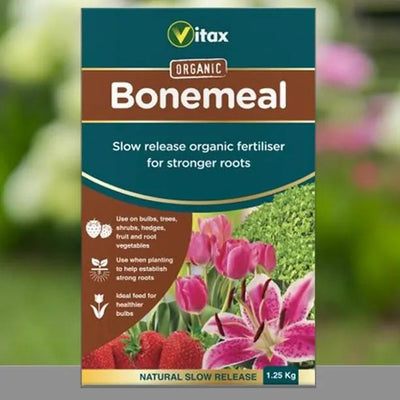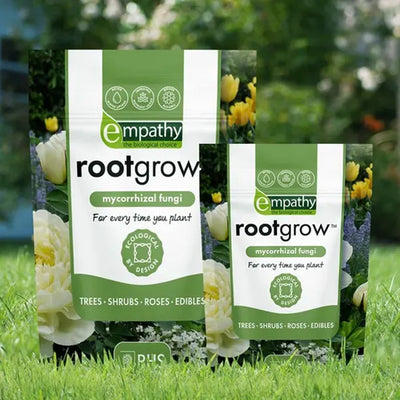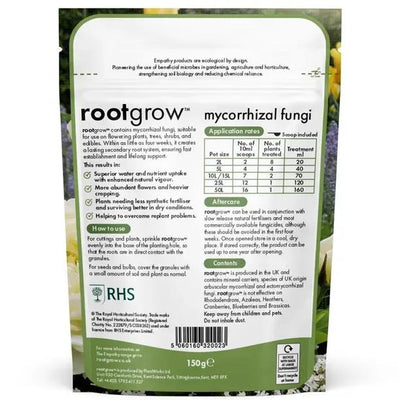'Bramley' Apple Trees
Bramley Apple trees produce the most popular cookers. These are great big, flat-bottomed apples, usually with a rusty coloured, striped flush. The white flesh is the most acidic of British cooking apples; a raw Bramley apple contains about 2.5 times more vitamin C (ascorbic acid) than the average.
Bramley Seedlings have a distinctive, sharp flavour that mellows with storage so that by spring they're almost tart dessert apples. Freshly picked, they juice very well indeed and mixed with other apple varieties, it makes excellent apple juice - go for about 70% Bramley's, 30% sweet varieties. It's also added to many ciders.
Few other cooking apples bake so easily into the deliciously light, fluffy, syrup infused purée that is the ideal cooked apple - the flavour is mouth wateringly tangy and fruity and the texture is simply perfect.
They're very vigorous, heavy cropping and are ready to pick in early October. They're partial tip bearers and so only need pruning to keep them open and to remove dead wood.
Browse our other apple trees or read our guide to buying the right apple tree.
Features
-
Use: Cooking. Bakes to a puree. Superb flavour.
-
Partial Tip Bearer: not ideal for cordons & training on wires.
-
Tree's Growth Habit: Strong vigour. Spreading habit.
-
Harvest: Early October
-
Store & ripen in a cool, dry place: Until March.
- RHS Award of Garden Merit
Rootstocks for Bramley apple trees:
All of our Bramley trees are grown on MM106 rootstocks except bushes which are on M26.
Pollination Partners for Bramley:
Bramley is a self sterile triploid in Group D: its flowers must be pollinated by other apple trees in pollination Groups C, D and E to make any fruit and it cannot pollinate other trees. Use our interactive Guide to Apple Tree Pollination for a full list of partners & more tips about pollination.
History & Trivia
Known by all as a Bramley, the proper name is Bramley's Seedling.
The tree was raised from a seed in 1809 by Mary Ann Brailsford, a young girl at the time (undoubtedly with help from her mum), with no record of its parents.
The house (75 Church Street in Southwell, Nottinghamshire - now owned by Nottingham Trent University) and garden were later bought by a Mr Matthew Bramley, and the tree was first raised commercially by Mr Merryweather's Nursery in 1865.
The original tree was cared for by Miss Nancy Harrison for some 70 years between the end of WW2 and 2014, passing the torch on to Nottingham Trent University.
It was hit by lightning in the early 1900's and fell over, but shrugged off the damage and re-rooted itself.
However, at the time of writing, it is not long for this world: it contracted honey fungus in 2016, but as of 2022 the tough old girl was still fruiting.
In a sense, all Bramley trees are the original because they are propagated through grafts, which mean they are clones of their parent (above ground, at least).
The RHS awarded it a first class certificate in 1893.








 Secure, One-Tap Checkout
Secure, One-Tap Checkout
 Hand Picked, Delivered to Your Door!
Hand Picked, Delivered to Your Door! 1 Year Bareroot Guarantee
1 Year Bareroot Guarantee























